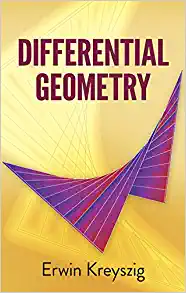Answered step by step
Verified Expert Solution
Question
1 Approved Answer
K possible Researchers conducted trials to investigate the effects of color on creativity. Subjects with a red background were asked to think of creative

K possible Researchers conducted trials to investigate the effects of color on creativity. Subjects with a red background were asked to think of creative uses for a brick; other subjects with a blue background were given the same task. Responses were scored by a panel of judges and results from scores of creativity are given in the accompanying table. Higher scores correspond to more creativity. The researchers make the claim that "blue enhances performance on a creative task." Assume that the two samples are independent simple random samples selected from normally distributed populations, and do not assume that the population standard deviations are equal. Complete parts (a) and (b). Click the icon to view the summary statistics. a. Use a 0.01 significance level to test the claim that blue enhances performance on a creative task. What are the null and alternative hypotheses? A Ho: H =12 H: H1 H2 C. Ho: H H H The test statistic, t, is (Round to two decimal places as needed.) The P-value is (Round to three decimal places as needed.) B. Ho: H1 H2 H: H H State the conclusion for the test. 000O OA. Reject the null hypothesis. There is sufficient evidence to support the claim that blue enhances performance on a creative task. B. Reject the null hypothesis. There is not sufficient evidence to support the claim that blue enhances performance on a creative task. C. Fail to reject the null hypothesis. There is not sufficient evidence to support the claim that blue enhances performance on a creative task. OD. Fail to reject the null hypothesis. There is sufficient evidence to support the claim that blue enhances performance on a creative task. b. Construct the confidence interval suitable for testing the claim in part (a). What is it about the confidence interval that results in the same conclusion from part (a)? < < (Round to two decimal places as needed \
Step by Step Solution
There are 3 Steps involved in it
Step: 1

Get Instant Access to Expert-Tailored Solutions
See step-by-step solutions with expert insights and AI powered tools for academic success
Step: 2

Step: 3

Ace Your Homework with AI
Get the answers you need in no time with our AI-driven, step-by-step assistance
Get Started


